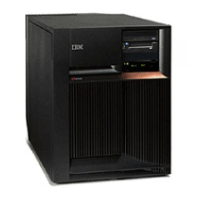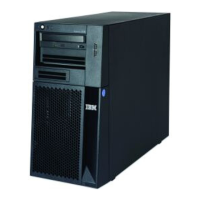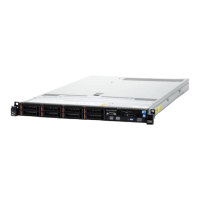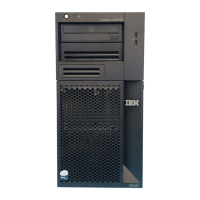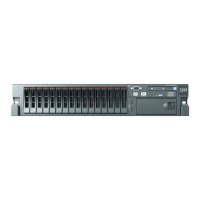IBM Licensed Programs: Systems Management Products 629
IBM Licensed Programs: Systems Management Products
administration or use of BRMS. The functional usage model can secure the following
types of functions from specific users. Each user can be allowed to use a particular
function and not the others:
– Backup
– Archive
– Recovery
– Movement
– Media
The administrator controls specific setup such as a control group or policy. Users can use
and view a policy, for example, but not change its contents.
The standard product does not support archive, dynamic retrieval, automated migration
operations, or shared media.
• BRMS Network Feature
With BRMS Network Feature, a BRMS system is interconnected using a network to other
BRMS systems in the network. A BRMS network system shares the inventory and policies
associated with media managed by a central BRMS system.
• BRMS Advanced Functions Feature
BRMS Advanced Functions Feature enables HSM archive with HSM dynamic retrieval
and automated Auxiliary Storage Pool (ASP) data migration.
Parallel backup also works with the BRMS Advanced Functions feature to allow for
parallel archive and parallel dynamic retrieval of a single object. The ability to dynamically
retrieve a large database file in parallel helps to reduce the window of the retrieval
process, therefore increasing the rewards for using HSM archive and dynamic retrieval
support.
The BRMS Advanced Functions feature allows archive capabilities of database files,
stream files, and documents based on a frequency of use. Prior to this enhancement, for
example, archive rules allow the archiving of a file that has not been changed in six
months. The archive based on frequency support allows the archiving of a file, for
example, that has been used less than twice a month over a specified period. The
frequency of use is based on the number of days used and is calculated on a monthly
basis. You can enter the specified value into the archive control group that drives the
archive operation.
The BRMS Advanced Function feature includes an easy-to-use interface to archive old QHST
files. QHST files can also be dynamically retrieved.

